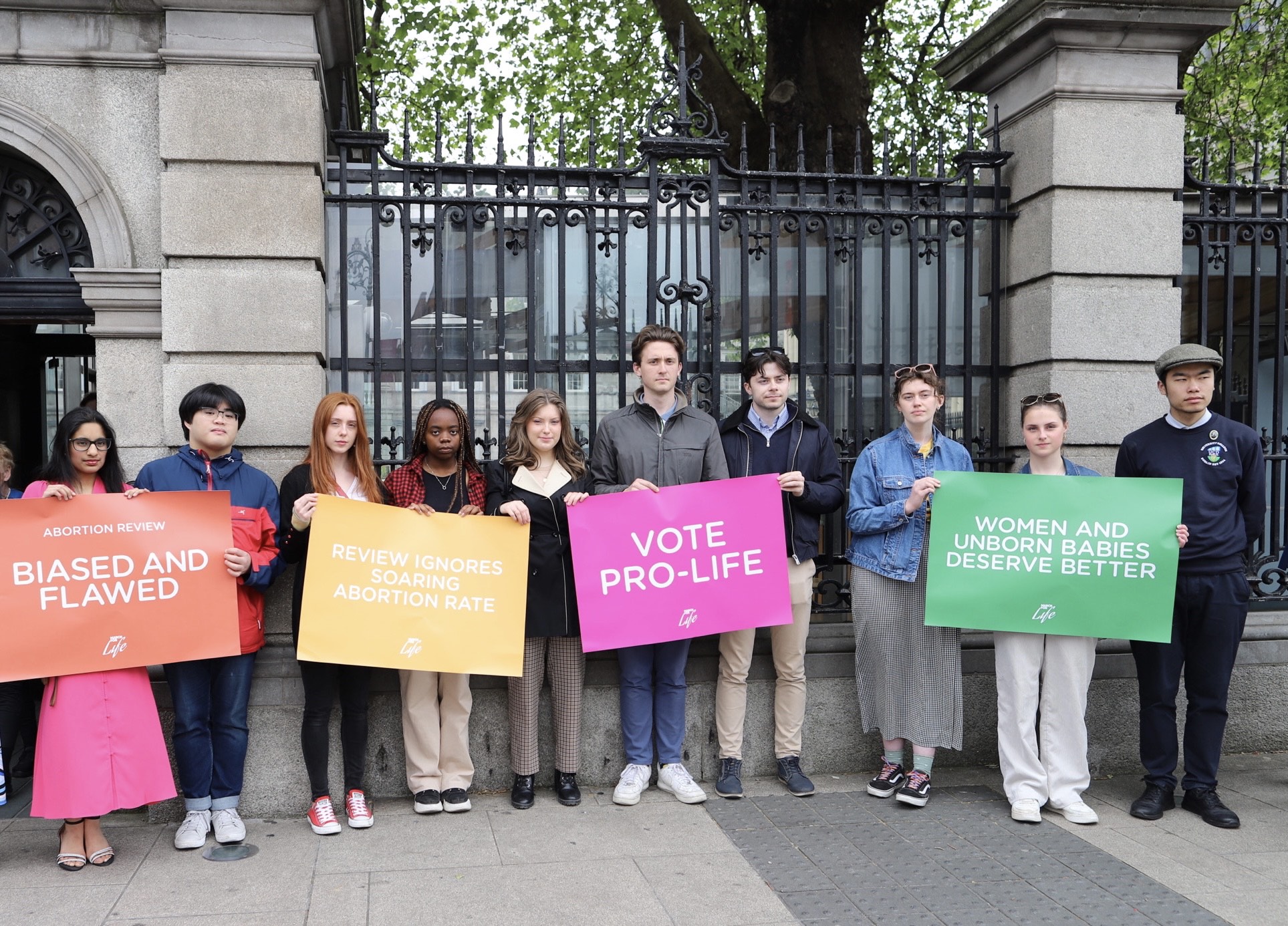Euthanasia – The notion of reconsidering therapy options as someone nears the end of their life is not euthanasia
By Professor Des O’Neill
This article was published in The Sunday Times on 17th May, 2009
The episode of Professor Len Doyal, an advocate of euthanasia, being prevented from speaking at the Cork Ethics Forum last month was regrettable. Obstruction of an open debate in such an established arena will not find support from healthcare professionals. Indeed, the resulting perception of censorship and victimisation will almost certainly have had the perverse effect of promoting sympathy for his position.
The views he espouses, however, can be considered corrosive and unsupportive of the philosophy of inclusive support for those with disability requiring palliative care. In terms of an educational initiative aimed at healthcare workers and the public, it was unhelpful that the ethics forum did not host Doyal in debate with a clinician with hands-on experience of support and advocacy for the frail and vulnerable in society. Why? Because non-clinician ethicists often do not appreciate adequately the undercurrents of prejudice against disability and ageing that can shape care and perceptions of care, as well as trust and confidence in care and support at difficult stages of life.
One such prejudice is attribution of poor quality of life to those with severe disability, with research consistently showing that family and healthcare staff tend to undervalue quality of life in comparison with the person affected. Indeed, this insensitivity to prejudice can be carried over into popular culture; the portrayal of euthanasia in the face of disability in the film Million Dollar Baby was dismaying for those trying to promote supportive environments and attitudes for those with significant disability. Equally, those not involved in the complexities and nuances of delivering care at the end of life often seek to simplify and reduce it to stark dichotomies. Judging the moment when “really sick” becomes “dying” is challenging and often throws up unexpected responses. Doyal’s contention that the withdrawal of therapy is a form of euthanasia is a misrepresentation of the motives, philosophy and reality of care — and it obscures the real issues of relevance to those with serious illness. When a therapy is perceived as no longer therapeutic or palliative then, in consultation with the patient — or family and carers when the patient does not have the capacity to decide — it may be withdrawn. This is not, as Doyal contends, a judgment that life is no longer worth living. It is acceptance that the therapy is not effective. It is the worth of the therapy, not of the patient, which comes into question. The acid test of our intentions is what we do if the patient does not die, or improves, following this withdrawal. Rather than refuse further therapy, we re-evaluate and provide therapy or palliation (and sometimes both).
Doctors’ predictions are always approximations — and patients constantly surprise us. Older people, in particular, combine toughness and frailty in a way that makes it challenging to predict an outcome after therapy is withdrawn. In the light of this, and the considerably increased availability of palliative care principles in medical care, it is not helpful for Doyal to characterise the choice at the end of life being a stark dichotomy between long suffering and quick and painless euthanasia. The less glamorous, and less overtly controversial, challenge for those faced with overwhelming disease, disability and discomfort is the slow graft of creating sympathetic, supportive and stimulating environments where choice is about support and symptom control, without recourse to termination of life.
It is not the case, as Doyal asserts, that a reluctance to engage in euthanasia is an arbitrary prejudice against moral equivalence. It is through an assertion of our moral equivalence that we refuse to make judgments that life is not worth living and refuse to engage in acts whose primary purpose is to cause the death of a fellow human. Indeed, our real ethical challenge is to clarify whether or not we are in any way responsible for diminishing the moral equivalence of those with disability and illness.
Finally, it is unhelpful for Doyal to portray resistance to euthanasia as a predominantly religious issue. This does a disservice not only to the many humanists, atheists and agnostics who understand the dangers that euthanasia poses for individual and societal wellbeing, but also caricatures those with religious beliefs as uncritical and doctrinaire thinkers. This debate will not be well served by constraining it into the artificial dichotomies of a kulturkampf between “conservative” and “liberal” or “religious” and “secular” viewpoints.
Rather, we need to believe that the insights, sophistication and care traditions of Irish health services can develop an articulacy and dialectic that can adequately address and openly discuss the complexity of the lived life of those facing major challenges of disability and suffering in a positive and life-affirming manner.
Prof Des O’Neill is director of Aois agus Eolas, the Centre for Ageing, Neuroscience and the Humanities, Adelaide and Meath Hospital (c) Sunday Times 2009
